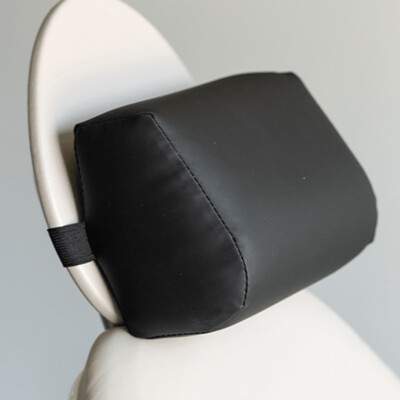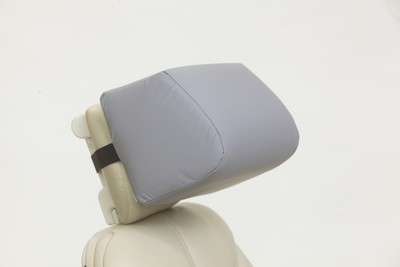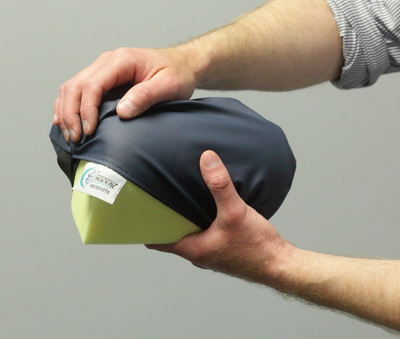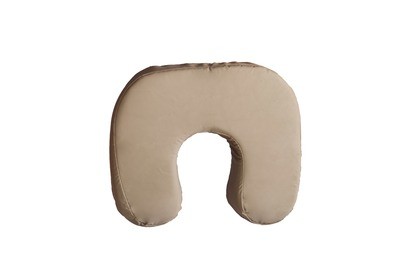Dentists Can Fix Their Pain by Changing Their Posture. Here’s How.
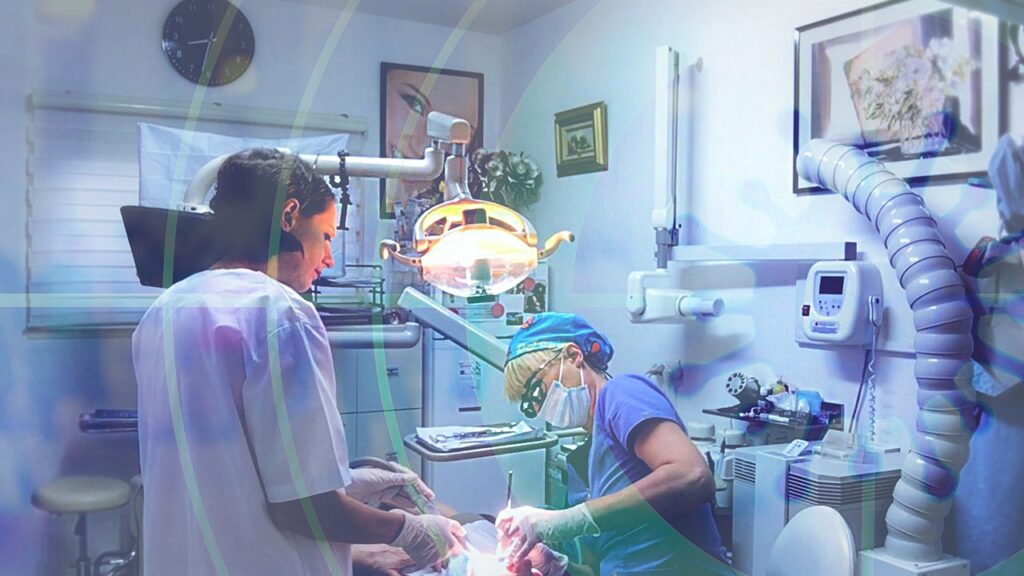
Dentists spend long hours working in static positions, often leaning over patients in awkward angles. You know it, and it’s why you likely experience pain and discomfort as you work. Poor posture can lead to chronic pain and long-term musculoskeletal issues, which can eventually decrease your ability to work comfortably and efficiently. What exactly is wrong with your posture, and how can you fix it? Find out how you can work more comfortably throughout your day.
Poor Back Posture
One of the most common postural problems for dentists is poor back alignment. Dentists are often forced to lean forward over their patients, which can lead to slouched or hunched shoulders. Over time, this repeated posture can cause:
- Lower back pain due to excessive strain on the lumbar spine.
- Thoracic rounding or a hunched back, which can lead to stiffness and discomfort in the upper back.
- Disc compression and increased pressure on the vertebrae, leading to long-term damage and reduced mobility.
Maintaining proper back posture—keeping the spine in a neutral position and avoiding slouching—can help reduce the risk of developing chronic back problems.
Poor Leg Positioning and Angles
Leg positioning plays a crucial role in maintaining overall posture. Dentists often work with their knees bent or positioned too close to the patient, which can lead to:
- Over-rotation of the hips and misalignment in the pelvis, causing lower back strain.
- Restricted blood flow in the legs, leading to discomfort, swelling, and fatigue after long workdays.
- Imbalanced weight distribution, putting excess pressure on the knees and hips.
Dentists should aim to keep their legs at a 90-degree angle when seated, with their thighs parallel to the floor and feet flat on the ground. This positioning helps maintain good posture and evenly distribute weight.
Poor Foot Placement
Foot placement often gets overlooked, but it’s critical for overall body alignment. Dentists frequently position their feet unevenly or tuck them underneath their chair, which can:
- Increase hip and lower back strain, as improper foot positioning disrupts the body’s balance.
- Lead to muscle fatigue in the legs and feet, as tensed muscles must compensate for the lack of proper support.
- Throw off spinal alignment, contributing to poor posture.
Keeping your feet flat on the ground, hip-width apart, and at a comfortable distance from the dental chair helps maintain stability and balance.
Poor Hip Angle
A poor hip angle is another major contributor to posture-related problems. Dentists often sit with their hips positioned too far back or tilted at an unnatural angle to reach the patient. This leads to:
- Hip flexor tightness, especially when sitting for prolonged periods, which can result in lower back pain and reduced flexibility.
- Pelvic tilt, which places unnecessary strain on the lower back and can lead to discomfort and long-term injury.
To maintain a healthy hip angle, dentists should aim to sit with their hips slightly above knee level and avoid excessive tilting or twisting to reach the patient.
Poor Shoulder and Arm Placement
Dentists spend a large portion of their day with their arms raised, often in awkward positions, to perform procedures. Improper shoulder and arm positioning can lead to:
- Rounded shoulders, which can contribute to neck and upper back pain.
- Shoulder impingement and rotator cuff injuries, especially with repetitive arm movements.
- Overstretched muscles in the upper arms and shoulders, leading to discomfort and fatigue.
To avoid these issues, it’s important to maintain a relaxed shoulder position and keep your elbows close to your body. Regularly adjusting your arm placement during procedures can help alleviate strain.
Poor Neck Angle
Dentists often find themselves in awkward neck positions while trying to get a better view of the patient’s mouth. This can lead to:
- Forward head posture, where the head juts forward, placing excessive strain on the neck and upper back.
- Tension headaches due to muscle strain in the neck and shoulders.
- Cervical spine issues, which can cause stiffness, pain, and limited mobility over time.
To avoid poor neck posture, dentists should use adjustable dental stools and headrests to position the patient’s head properly, reducing the need to crane the neck forward.
Proper Patient Positioning is the Key to Fixing Your Posture
Patient positioning plays a crucial role in a dentist’s ability to maintain proper posture throughout the day. Poor patient alignment can force the dentist to lean, twist, or stretch in unnatural ways, exacerbating postural issues. Here’s how proper patient positioning can help:
- Back Posture: with the patient’s head and mouth properly aligned, dentists can maintain a neutral spine position without hunching or leaning forward.
- Leg and Hip Positioning: properly adjusted patient chairs allow dentists to maintain a comfortable leg angle and hip positioning, reducing strain on the lower body.
- Shoulder and Neck Angle: adjustable dental chairs and headrests can minimize the need for dentists to stretch their arms or crane their necks to reach difficult areas, leading to less shoulder and neck strain.
By ensuring that the patient is positioned optimally, dentists can significantly reduce the postural strain that leads to pain and discomfort. This, combined with regular ergonomic adjustments and posture awareness, can improve comfort and reduce the risk of injury.
Fix Your Posture with Crescent Products
Keeping patients properly positioned (allowing you to maintain a more ergonomic posture) is not always comfortable for them. Crescent Products dental chair accessories allow you to keep your patients comfortable and optimally positioned, even for longer procedures. Discover how our products are the key to pain free dentistry!
Headrests and Neck Pillows
Designed to be comfortable for the patient and ergonomic for the dentist and hygienist, all Crescent Headrests are memory foam pillows that supports the patient’s neck as she or he reclines. The slope of the cushions allow the patient’s head to gently tilt backwards and for the jaw to naturally turn up in an open-forward position. This creates perfect ergonomic positioning of the patient and will to resolve strain for dentists and hygienists. An elastic band holds the headrest in place. Designed to be used with the Crescent Bodyrest System Chair Pad, Backrest and Knee Support. All Crescent Products are made with medical-grade material and easily wipe clean with common disinfectants.

